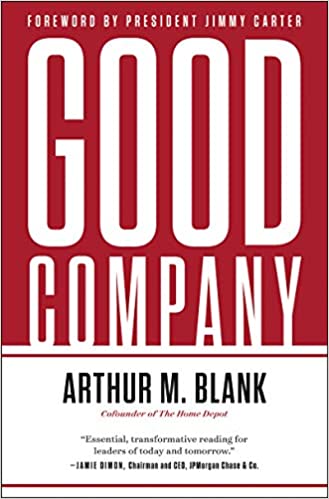
Success in life comes not from holding a good hand, but in playing a poor hand well. – Warren G. Lester
When it comes to the painful experiences of life, I’ve never seen anyone volunteering or signing up to go through a painful experience. Have you?
But all of us have either been touched by a painful life experience or know someone who has. Life brings the sting of pain, such as (and many more):
- The pain of a divorce
- The pain of the death of a friend or loved one
- The pain of a lost job
- The pain of financial hardships
- The pain of poor health
- The pain change
- The pain of caring for aging parents
- The pain of depression
Life is full of painful experiences. And sooner or later, we all deal with those painful events. As a leader, you are not exempt.
I will never forget the painful event of losing my mother at the height of the COVID pandemic (but not due to COVID). It was one of the most painful life experiences that I had to deal with. She lived out of state and traveling back and forth was a challenge as well as being around her.

To make matters worse, when she did pass away, we were unable to have a funeral for her as it was at the height of the pandemic and social distancing protocols simply prevented it. Not being able to have her many friends and family gather to celebrate her life was painful and disappointing.
Virginia Satir said, “Life is not the way it’s supposed to be. It’s the way it is. The way you cope with it is what makes the difference.” And this is especially true in the way you deal with painful life experiences as well as in your leadership.
I’m a firm believer that life experiences – especially the bad ones, are teachers or guides that help us become better. How can we make sure that the experiences of life make us better and not bitter? Here are a few tips from a fellow friend on the journey with you.
Acknowledge your pain
As a leader, you are not exempt from painful life experiences. We are all touched by them. By acknowledging your pain you are simply stating the obvious that you are human like everyone else and you are not exempt from the pains and sorrows of life.
Leadership Lesson: Pain shapes you to be a vulnerable leader.
Embrace your pain
The painful experiences of life are not meant to be bottled up. Life’s pains and traumas don’t go away by themselves. They won’t go away by ignoring them. On your leadership journey, you will deal with your own personal points of pain as well as share in the painful life events of those around you. The sooner you acknowledge and address your pain the sooner you will move to a place of healing.
Leadership Lesson: Pain shapes you to be a compassionate leader.
Adjust to your pain
What I am not advocating here is a surrender to the inevitability of continuous painful life experiences. Realistically, they are seasons we go through. I am, however, advocating for you to choose how you will face those experiences and the attitude by which you deal with them.
We don’t always choose the experiences that we face in life, but we do choose our attitudes toward them. And to be sure, sometimes it’s not the size of the problem or the depth of the pain, but its duration that wears us down. Making the right adjustments – especially with regard to your attitude will allow you to navigate them with a clear mind and heart.
Leadership Lesson: Pain shapes you to be a resilient leader.
Emerge from your pain
Painful life experiences, while difficult and challenging at the time, in due time do pass. And to be sure, the pain is real, the scars hurt, and memories of what was will linger with us. But you can emerge from that season stronger and healthier in the end.
Max Lucado said, “A season of suffering is a small assignment when compared to the reward. Rather than begrudge your problem, explore it. Ponder it. And most of all, use it. Use it to the glory of God.” And this is the goal when emerging from life’s painful events.
Leadership Lesson: Pain shapes you to be a victorious leader.
Final Thoughts
I don’t know the season you face in your leadership right now. But I do believe that the pain you are walking through right now is going to serve a greater purpose in the end when you use it for the glory of God.
©2023 Doug Dickerson

Please be sure to visit and subscribe to my YouTube Channel for more leadership content. Click here to visit my YouTube page.
Resources: Books I’d like to recommend to you as a supplement to this new column.
All of these books can be ordered from Amazon.
- Forgiving What You Can’t Forget: Discover How to Move on, Make Peace with Painful Memories, and Create a Life That’s Beautiful Again By Lysa TerKeust

2. Out of the Cave: Stepping Into the Light When Depression Darkens What You See by Chris Hodges

3. Winning the War in Your Mind: Change Your Thinking, Change Your Life by Craig Groeschel

4. Anxious For Nothing: Finding Calm in Chaos by Max Lucado


